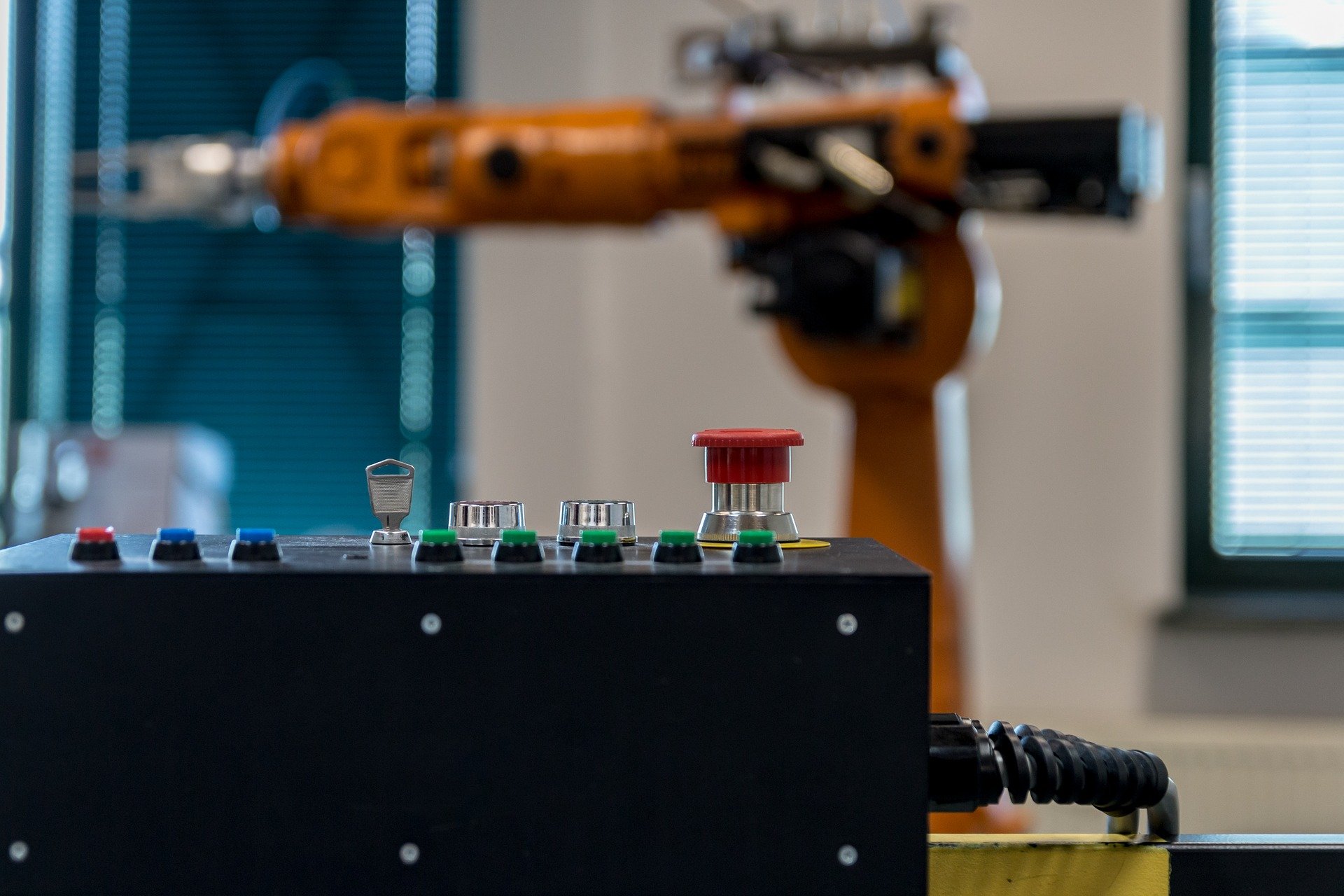
The 21st century has brought automation to many different facets of life, including the manufacturing industry. According to a study by McKinsey and Co., 64% of working hours spent on manufacturing activities in 2015 could be automated, especially in cases of low-skilled labor or low product complexity.
Automation opportunities exist in building everything from cars and planes to furniture and cell phones. Of course, not every type of automation is the same, and not every company will benefit from it in the same way. If you’re considering a deep dive into automation, it’s essential to understand the different forms of automation in manufacturing and how it impacts the industry.
Manufacturing automation includes utilizing a wide range of equipment to complete tasks that would otherwise require human labor. This doesn’t necessarily refer to a completely automated facility. Automation can often include smaller installations, such as automating one or a few steps of an assembly line, or collaborative robots (co-bots) that work alongside humans. Manufacturing automation technology includes many different types of equipment, such as:
Different facilities can take advantage of different equipment. For instance, aerospace and pharmaceutical manufacturers may take a lot of measurements and scans to ensure compliance and safety, while electronics manufacturers utilize co-bots to assist human workers with high-precision tasks. Artificial intelligence (AI) is also making great strides in automation opportunities, making it possible for programs to understand complex goals and make adjustments as needed without human involvement.
Many different processes can be automated, including:
There are a few different types of automation that manufacturers typically use:
The advantages of manufacturing automation are widespread, affecting everything from finances to reputation. Businesses that employ automation can enjoy:
Those manufacturers that take it a step further can even experience benefits with lights-out manufacturing. In this approach, a facility can operate 24/7, with minimal staff required overnight. They can eliminate the labor costs associated with these shifts, increase output and cut costs on heating and lights.
Overall, automation provides an excellent opportunity for manufacturers to improve their bottom line and their product.